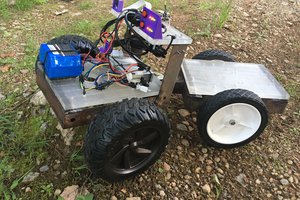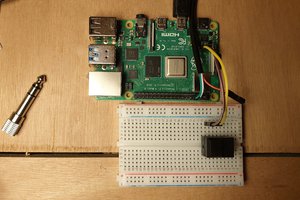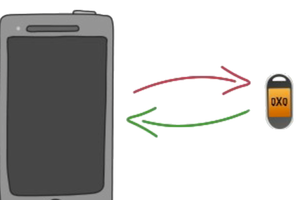The Knowhere works using an FM transmitter and receiver. A Raspberry Pirate radio is loaded with a program which sends Pulse Modulation radio signals which are decoded using an ATtiny. If the ATtiny identifies that it's 8-bit code is being sent, it beeps and flashes so you can find it easily. It's simple, but incredibly helpful.
**************************************************DISCLAIMER****************************************************
Make this device at your own risk.
According to FCC regulations, Part 15 devices, such as this one, are legal as long as the working range of the device is under 200 feet. If you're in the U.S. like we are, you should be good legally speaking as long as you make sure the radius only covers 200 feet AND is within the AM or FM band (535 to 1075 kHz and 88-108 MHz). Make sure to find an unused channel (you can use the link provided if you are in the US) so you won't have to deal with much interference. We plan to broadcast on FM 89.1 . Your mileage may vary.
If you are in another country, make sure to always follow your local laws, and if they permit, choose the appropriate channels.
The FCC ruling on Unlicensed Low Power Transmitters such as ours is included in the links section. If you're planning to build this device, please look at these regulations, or the ones applicable in your locality, just in case.
 LordPharaoh
LordPharaoh




 David Preece
David Preece
 Sean
Sean
Nice project, and if you're having trouble sourcing tuning capacitors, you can make some out of beer cans. Be sure to drink the beer first.